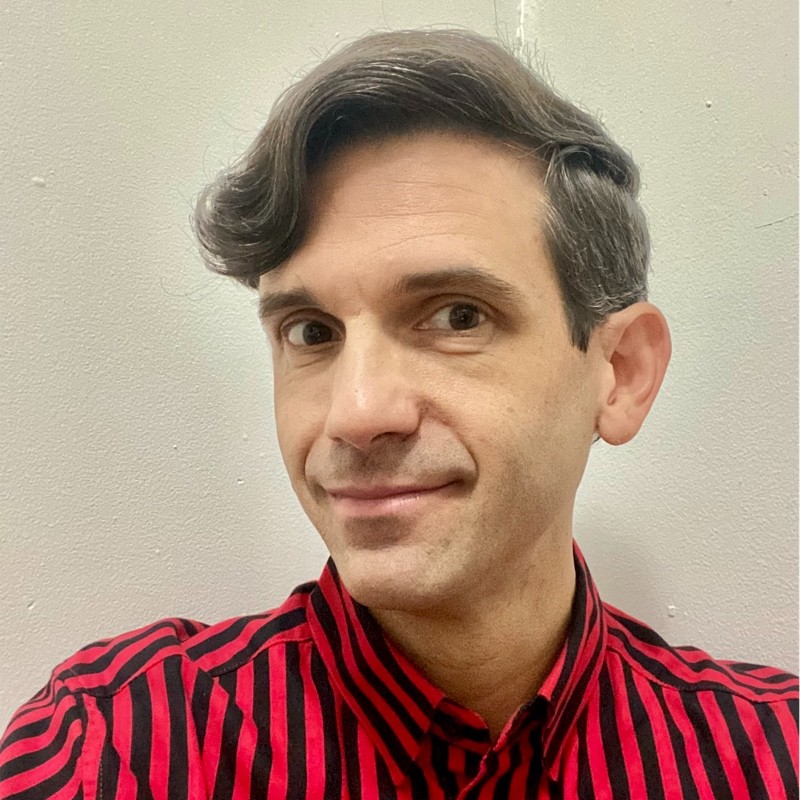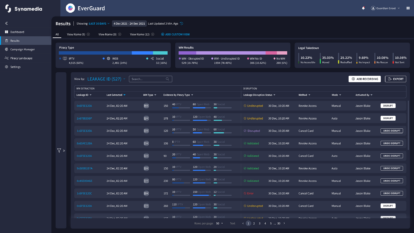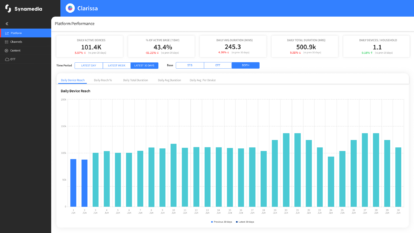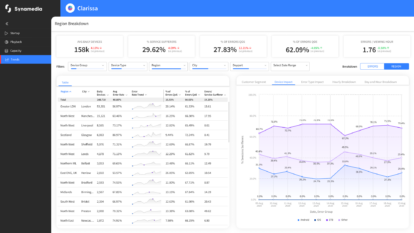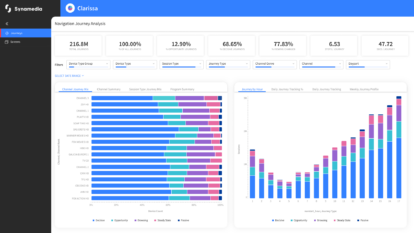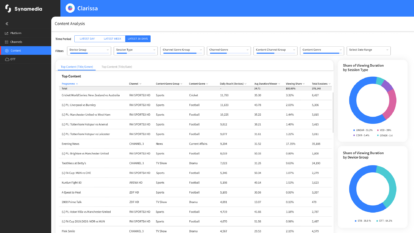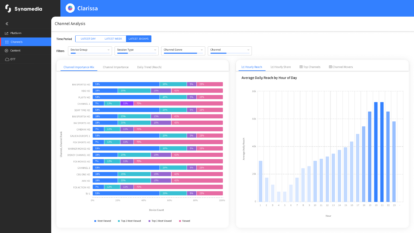I recently returned to Silicon Valley, where I spent some of the best times of my life at Stanford and Apple, to host an event introducing our new cloud-based video platform to the developer community: Synamedia Senza.
Hopefully you would have heard by now that Senza makes it super easy to develop web apps for TV, so it was awesome to get together for this high-energy event to see what hackers could build.
The event was hosted by Hacker Dojo, a tech community and hacker space in Mountain View, California, right in the heart of Silicon Valley. Over a jam-packed 45 hours, tech enthusiasts of all ages and backgrounds gathered to learn about Senza, dream up innovative ideas, and see what they could build.
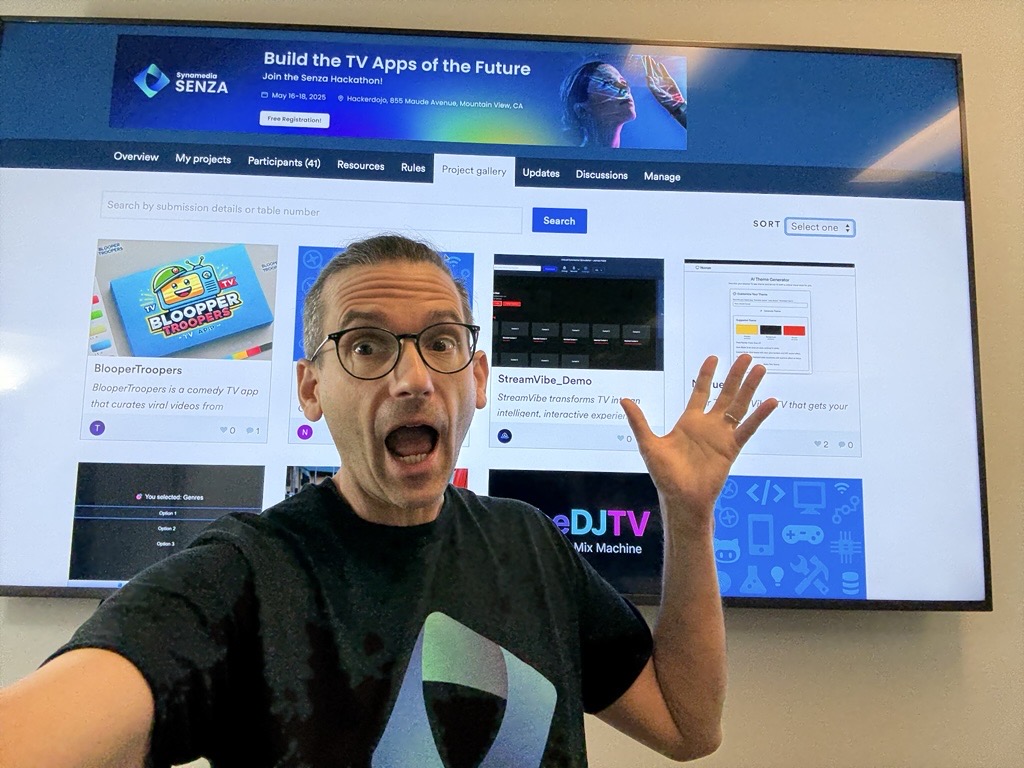
Most participants had never considered writing apps for TV before, but with the Senza platform, it was as easy as building a web app—because it’s just a browser! Hackers got up to speed lightning fast using the Senza dev docs, sample code, and video tutorials. Everyone received a cloud connector to plug into a TV and see their app in action. From there, it was all about letting their imagination run wild.
What set this hackathon apart was the way teams used Senza’s cloud platform and AI tools to rapidly prototype and deploy advanced TV apps. For example, several teams leveraged AI assistants like Cursor AI, Claude, Gemini, and ChatGPT to generate code, documentation, and even entire project structures. One project was developed almost entirely by instructing Cursor AI to write markdown files before generating any code, showcasing how AI can streamline the development process from ideation to deployment.
We saw real-time interactivity and cloud integration in action: the AirWave team built a live, interactive broadcast platform where viewers could join via QR code, submit questions, and influence the show with real-time feedback, demonstrating Senza’s support for real-time data streams, cloud-based user management, and seamless mobile integration. Other teams modified existing program guides to enable synchronized multi-screen streaming, highlighting Senza’s ability to handle real-time playback coordination across devices.
AI-powered content discovery and personalization were also on display. Projects like StreamVibe and “The smartest TV experience ever built” integrated AI-powered recommendations, mood-based discovery, and voice control, illustrating how Senza’s platform can be extended with custom AI models and natural language interfaces.
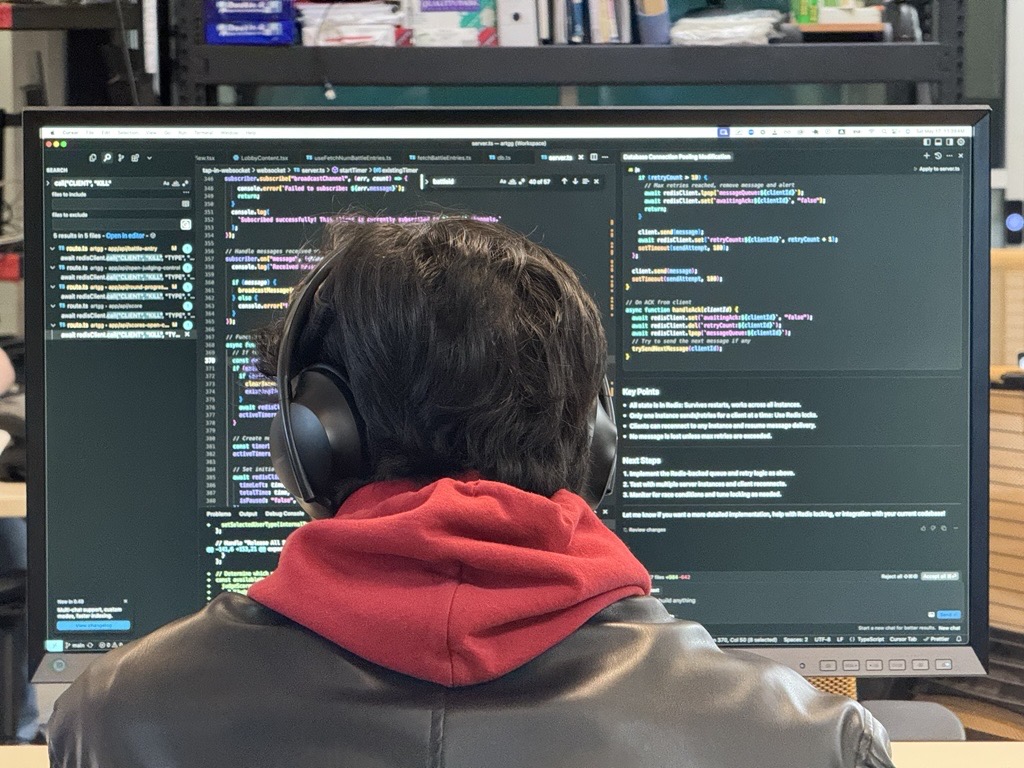
The hackathon also showcased e-commerce innovation: one team built an app that used computer vision and QR code scanning to identify products in video streams and surface purchase links, demonstrating the platform’s ability to integrate third-party APIs, real-time object recognition, and interactive overlays.
Gaming and multimedia creativity were everywhere, from a retro 2D arcade game controlled by a remote, to a 3D music visualizer with VR—showing how Senza supports complex, interactive graphics and gaming engines like Godot, as well as WebGL/VR experiences directly within the TV environment.
A remarkable aspect was the accessibility for non-programmers. Many projects were built by non-traditional developers using no-code or low-code AI tools, reinforcing Senza’s accessibility and the democratization of TV app development. As the “best use of AI” winner put it, “AI helps people move away from the idea that working all night is a good thing!”
We had a panel of industry insiders as our judges, including Tracy Swedlow from TV of Tomorrow, Colin Dixon from nScreenMedia, and Jim Turner from Synamedia. Participants made their pitches X-Factor style, with action-packed presentations featuring dramatic music and dancing!
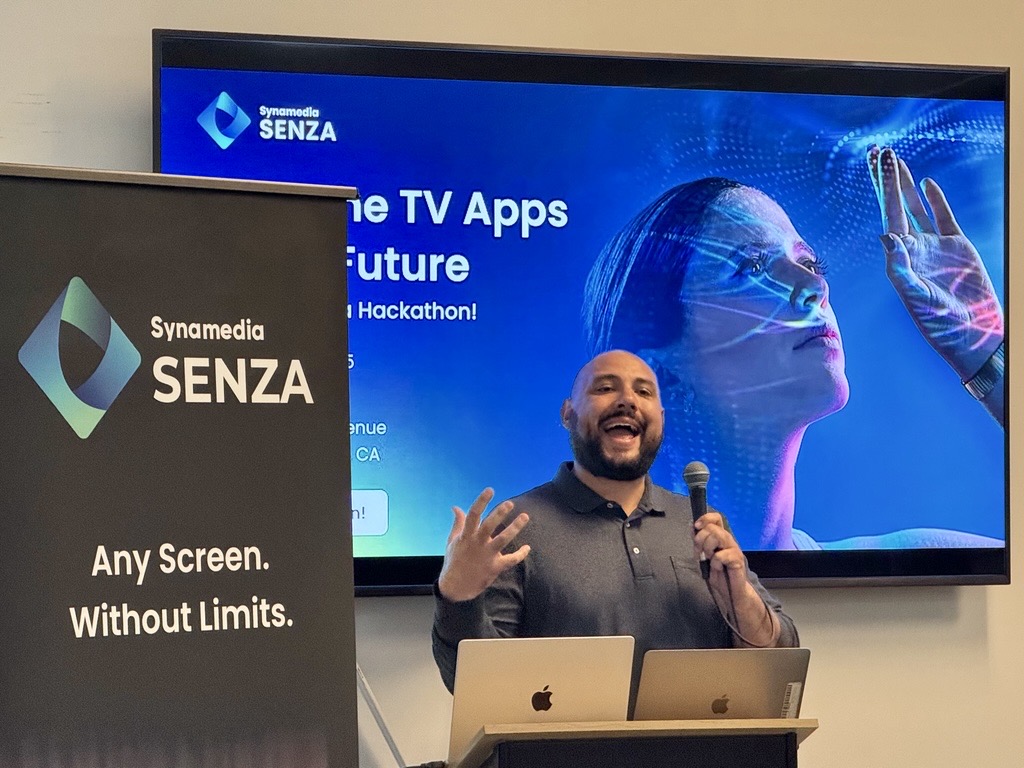
The project submissions showcased everything from, interactive broadcast platform where viewers shape live shows, to an app that dishes out hilarious videos on demand. More projects involved an AI-generated TV grid, a crowd-judged breakdance battle app, a vibe-coded DJ tool for spinning Spotify tracks, a futuristic shopping app, and a watch party experience that brings the fun back to watching TV.
Want to see what everyone built? Check out all the projects here.
The hackathon was a celebration of playful, interactive, and innovative ideas. What blew me away was how the Senza platform let developers unleash their creativity by getting out of the way so they could focus on getting their ideas up on the big screen. AI turbocharged their development, so even non-programmers could focus on “what would be cool?” rather than “how can I make this work?” As one participant said, “I never thought developing apps for TV could be this easy, or this fun!”
After this weekend, it’s clear: the future of TV is being built by anyone bold enough to dream—and code!
About the Author
Andrew Zamler-Carhart (they/them) loves connecting people and technology. At Stanford they studied Symbolic Systems, a mashup of computer science, philosophy, linguistics and psychology. They helped launch Apple’s retail stores, founded a Mac software startup, developed futuristic set-top box APIs at NDS/Cisco, and multiplied the Compass real estate tech team by 20x. As a director of product at Synamedia, they are responsible for the Senza developer experience. Andrew is passionate about exploring the world systematically and always trying to see things from new perspectives.
